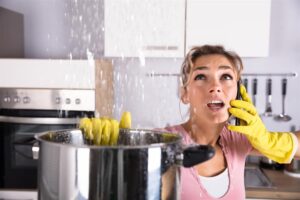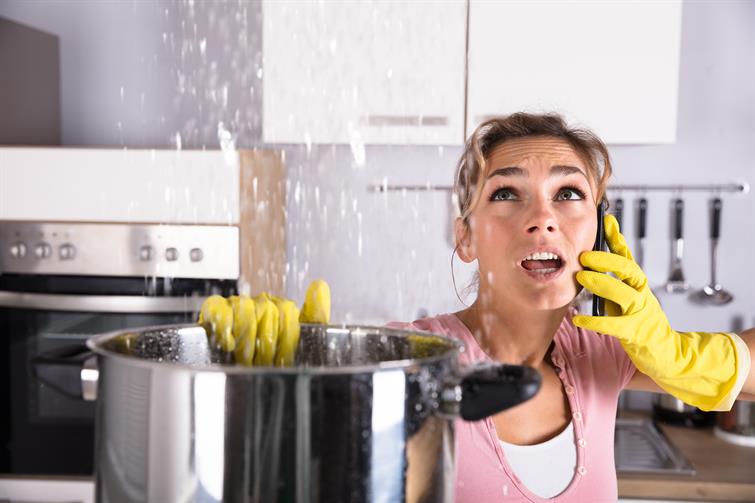Water damage can strike unexpectedly, wreaking havoc on homes and properties. The aftermath of a number of catastrophic events, such as burst pipes or floods, can be extremely overwhelming. Thankfully, a lot of homes have insurance that can help with the cost of repairs. The aftermath of a number of catastrophic events, such as burst pipes or floods, can be extremely overwhelming. Thankfully, a lot of homes have insurance that can help with the cost of repairs. This guide delves into the intricacies of insurance coverage for water damage restoration, clarifying what is typically covered, what to expect during the claims process, and how to ensure you’re adequately protected.
Understanding Water Damage Coverage:
Most standard homeowners insurance policies cover sudden and accidental water damage. This includes scenarios like burst pipes, appliance leaks, or roof leaks caused by a storm. To learn about the details of your coverage, though, you must read your policy thoroughly. In order to have full coverage, you may need to purchase additional endorsements or check if your policy specifically excludes water damage.
Types Of Water Damage Covered:
1. Burst Pipes:
When pipes burst due to freezing temperatures, corrosion, or other factors, water damage is typically covered by insurance.
2. Appliance Leaks:
Malfunctioning appliances such as washing machines, dishwashers, or water heaters can cause significant water damage. Insurance often covers the resulting damage, but coverage may vary based on the cause of the malfunction.
3. Storm Damage:
Roof leaks, flooding, or water intrusion caused by storms are generally covered by homeowners insurance. However, coverage for flood damage typically requires a separate flood insurance policy.
4. Sewer Backup:
If your home experiences sewer or drain backup, resulting water damage may be covered by insurance, although coverage limits and exclusions may apply.
Exclusions And Limitations:
While homeowners insurance covers many types of water damage, specific exclusions and limitations may apply. Common exclusions include:
· Gradual water damage, such as long-term leaks or seepage
· Damage caused by floods, which need an individual policy for flood insurance. Damage caused by water seepage due to carelessness or non-maintenance
· Water damage caused by sewage backups outside the home
It’s crucial to review your policy’s exclusions and limitations to understand any gaps in coverage and explore options for additional protection.
Filing A Water Damage Claim:
In the event of water damage, promptly contacting your insurance company is essential to begin the claims process. The process for submitting a claim for water damage is as follows:
1. Document The Damage:
Take photographs or videos of the water damage to provide visual evidence for your claim.
2. Mitigate Further Damage:
Turn off the water supply or make arrangements for immediate repairs as soon as possible to limit the damage.
3. Contact Your Insurance Company:
Notify your insurance company of the water damage and initiate the claims process. Provide detailed information about the cause of the damage and the extent of the loss.
4. Meet With Adjuster:
An insurance adjuster will inspect the damage and find out how much your policy will cover. Be prepared to provide documentation and answer questions about the incident.
5. Obtain Estimates:
Obtain repair estimates from reputable contractors to submit to your insurance company.
6. Follow The Claim Process:
Work closely with your insurance company to complete the necessary paperwork and provide the requested documentation. Document anything that has to do with your claim, including conversations and purchases.
7. Receive Settlement:
Your insurance carrier will pay for the expense of water damage restoration if your claim is approved.
Tips for Maximizing Coverage:
To ensure you’re adequately protected against water damage, consider the following tips:
1. Review Your Policy:
Review your homeowner’s insurance policy regularly to understand your coverage limits, exclusions, and deductibles.
2. Consider Additional Coverage:
If you happen to live in an area that is prone to flooding, one way to protect yourself is to obtain a separate policy that covers flood damage.
3. Maintain Your Home:
Regular maintenance, such as inspecting and repairing plumbing, appliances, and roofing, can help prevent water damage and ensure coverage under your insurance policy.
4. Keep Records:
Maintain records of home improvements, repairs, and valuable belongings to facilitate the claims process for water damage.
5. Work With Reputable Professionals:
To make sure your insurance claims procedure goes well, hire water damage restoration company specialists who are reliable and have expertise in dealing with insurance companies.
Conclusion:
Water damage can be a homeowner’s nightmare, but insurance coverage can provide much-needed financial protection. Restoring your house to its pre-loss condition is possible with assurance if you are well-versed in the details of your insurance policy’s water damage repair coverage and take preventative actions to keep your property safe. Remember to review your policy regularly, maintain your home diligently, and work closely with your insurance company to maximize coverage and minimize stress in the event of water damage.























